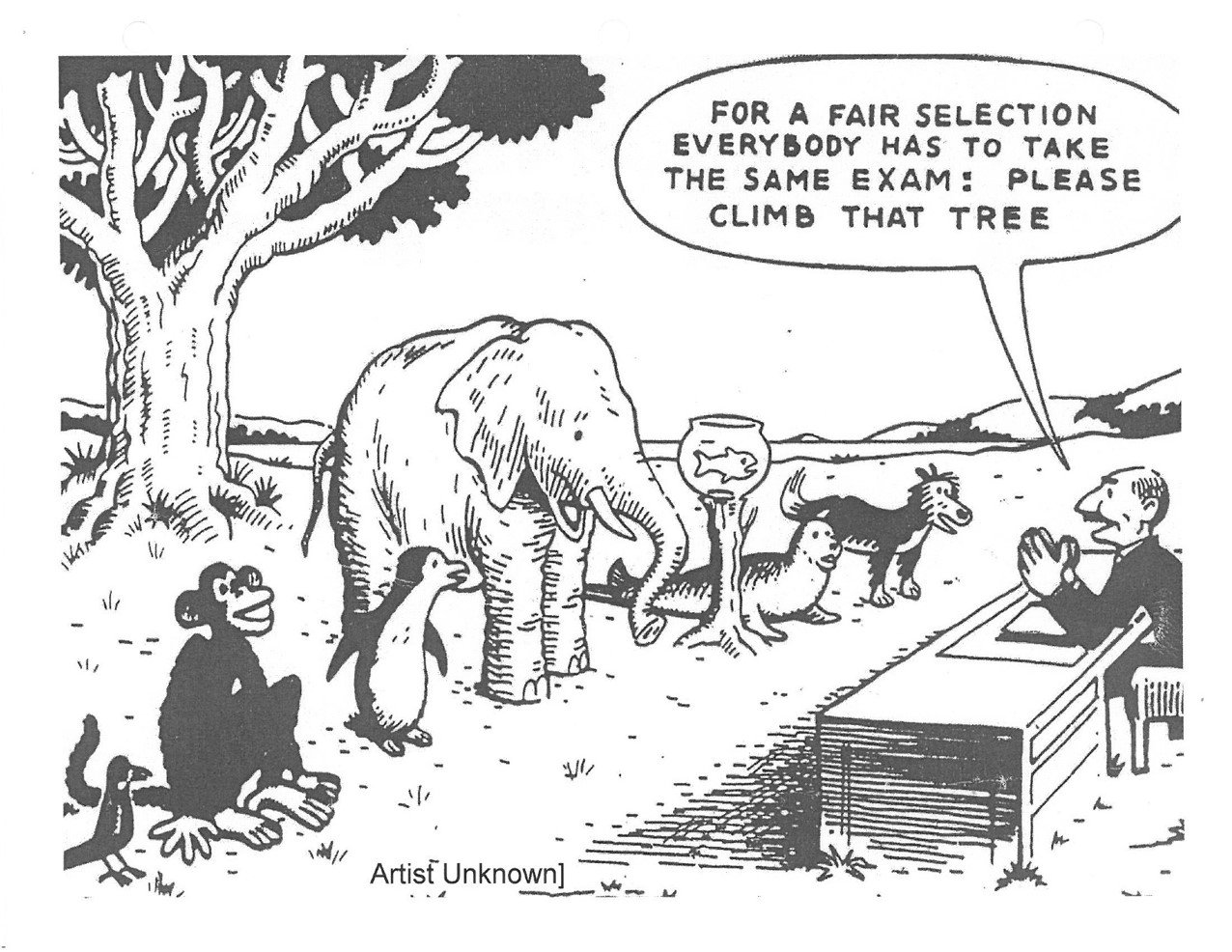Your ability to deliver your service or product and differentiate yourself from the competition rests on your ability to do a small but critical set of things better than anyone else.
These are your critical activities.
You do not need to be the best at everything, you only need to be adequate at most things. But you do need to be the better than your competition at those things that define your difference.

There are three fundamental ways a company can differentiate itself:
Operational Excellence

These companies concentrate on developing the most efficient processes. They use these capabilities to provide consumers with average products at the best price with the least inconvenience.
RyanAir and Easy Jet are examples of companies that have thrived using this model. Whatever you might think of them, they succeed because their target customers value low price above everything else.
Product Leadership

These companies concentrating on pushing the state of the art in terms of product or service performance. They focus on developing the capability to innovate again and again. Their value proposition is not about price, it’s that they offer the best product.
Apple is a good contemporary example.
Customer Intimacy

These companies focus on satisfying the needs of what specific customers want based on their close customer relationships. Their value proposition is that they will design a bespoke solution for you.
Its possible to excel at more than one of these. But choosing to focus on being excellent at one of these and merely good enough on the other two will allow you to develop resources on building the organisation capabilities your customers value.
More to come soon - stay tuned!
Check out previous parts:
Part 1 - Intro
Part 2 - Minimum Viable Segment
Part 3 - Job Story
Part 4 - Market Size
Part 5 - Value Proposition
Part 6 - MVP
Part 7 - Customer Adoption Journey
Part 8 - Marketing Tools
